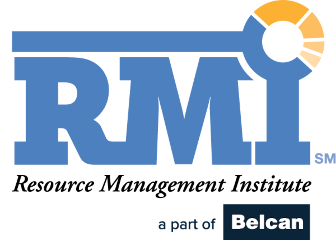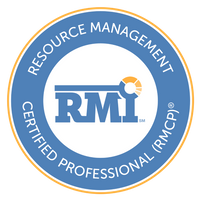A recent RMI study confirmed the growing war for talent noting that 95% of companies report finding talent is a challenge with 35% of companies reporting finding talent was difficult to very difficult. To be fair finding good people has never been easy. To adapt to these challenges, most companies have responded by adopting an ‘all in’ approach when it comes to methods used for locating talent. The purpose of this article is to review four important best practices for sourcing talent.
Important to remind the reader that the desired outcome of our sourcing efforts should not be limited to locating talent, but rather to align sourcing of talent to a true ‘Just-in-Time’ resource management process. This is because the need for good economics does not go away because the market is tight and we have unmet needs for project talent. Current market conditions are actually ripe for perfecting our talent identification and on-boarding processes to be both economically attractive while meeting all our needs for timely staffing or project work for service delivery teams.
Four Best Practices in Sourcing
1. Have a sourcing strategy: All tactics emanate from a strategy. Traditional HR methods for sourcing are no longer sufficient and the modern services team builds a collaborative framework for sourcing with their cross-functional counterparts in HR. A good strategy should plan for both short (<30 days) and long term (>30 days) needs. For short term needs, a good strategy should contemplate internal sources to include a search of the bench, reprioritization or escalation of existing project assignments, and external (to the particular department in need) sources to include interdepartmental borrowing and third parties. For longer term needs, a good strategy should contemplate internal sources to include a search of the bench, reprioritization or escalation of existing project assignments, and supplemented by a talent development program aligned with project needs and a well-crafted ‘warm pool’ recruiting program (see best practice #3).
2. Get your mix of employees vs. third parties right: Recent RMI research found that only about half of companies have found that sweet spot where use of third parties is both economical and effective at filling project needs in a timely way. The essence of this best practice is analyzing your peak-load needs for talent and adjusting your targeted level of employees to meet your average peak demand for resources throughout the year and then developing a strategy to address peak-load needs which exceed employee capacity for projects. Usually these peak-load sources include both interdepartmental borrowing and third parties. The more sophisticated teams use longer range projections for use of third parties to negotiate more attractive rates and terms with third party suppliers.
3. Lead with warm pool recruiting to support a Just-in-Time Resourcing® process: RMI research has found 92% of talent searches take longer than 30 days from start to time the new person is productive. When project demands are unpredictable as they sometimes are, a lack of available on-board talent drives companies to reach for more expensive third-party options. To address the need for more fluid availability of talent to feed a ‘Just-in-Time’ process, the RMI developed and continues to refine the warm pool recruiting approach. Warm pooling at a high-level is a continuous process of recruiting talent profiles in selected cities or geos, and with a regular cadence to build and grow a ‘warm pool’ of talent from which the service delivery team can go source talent. Since the ‘identification’ element, normally the long pole in the tent of the recruiting process is essentially done, time to having a productive new employee can be substantially reduced. The more sophisticated service delivery teams also work on continuous improvement of on-boarding processes to drive time and cost out in that part of the recruiting process as well.
4. Technology to automate your sourcing processes is your friend: Recent RMI research has found that 55% of service delivery teams have a PSA/PPM/RPM tool that is not effective at identifying surplus or gaps in capacity plans in time to effectively rebalance resources. A best practice in sourcing is to use technology to automate your Just-in-Time Resourcing® process. Therefore, service delivery teams should be sure sourcing needs are clearly documented when selecting a services automation tool.
In summary, good sourcing practices will lead to better performance for timely staffing of projects while doing this economically. For more information on this subject, log in to see our recent research report on sourcing strategies at https://resourcemanagementinstitute.com/rmi-market-research-sourcing-strategies/ and a recording of a recent RMI Power UP webcast on this subject at https://register.gotowebinar.com/recording/2654572218686675969.




